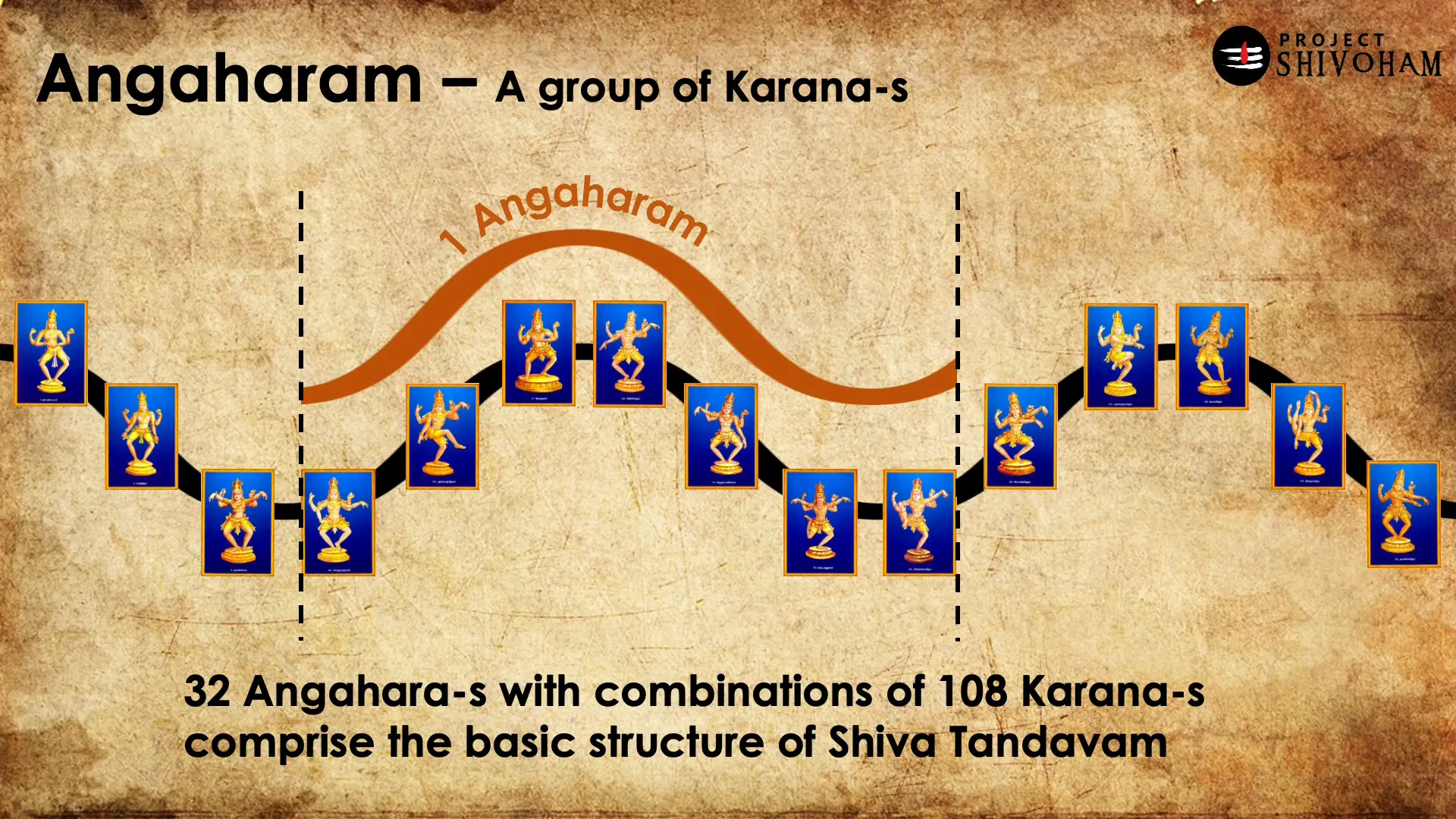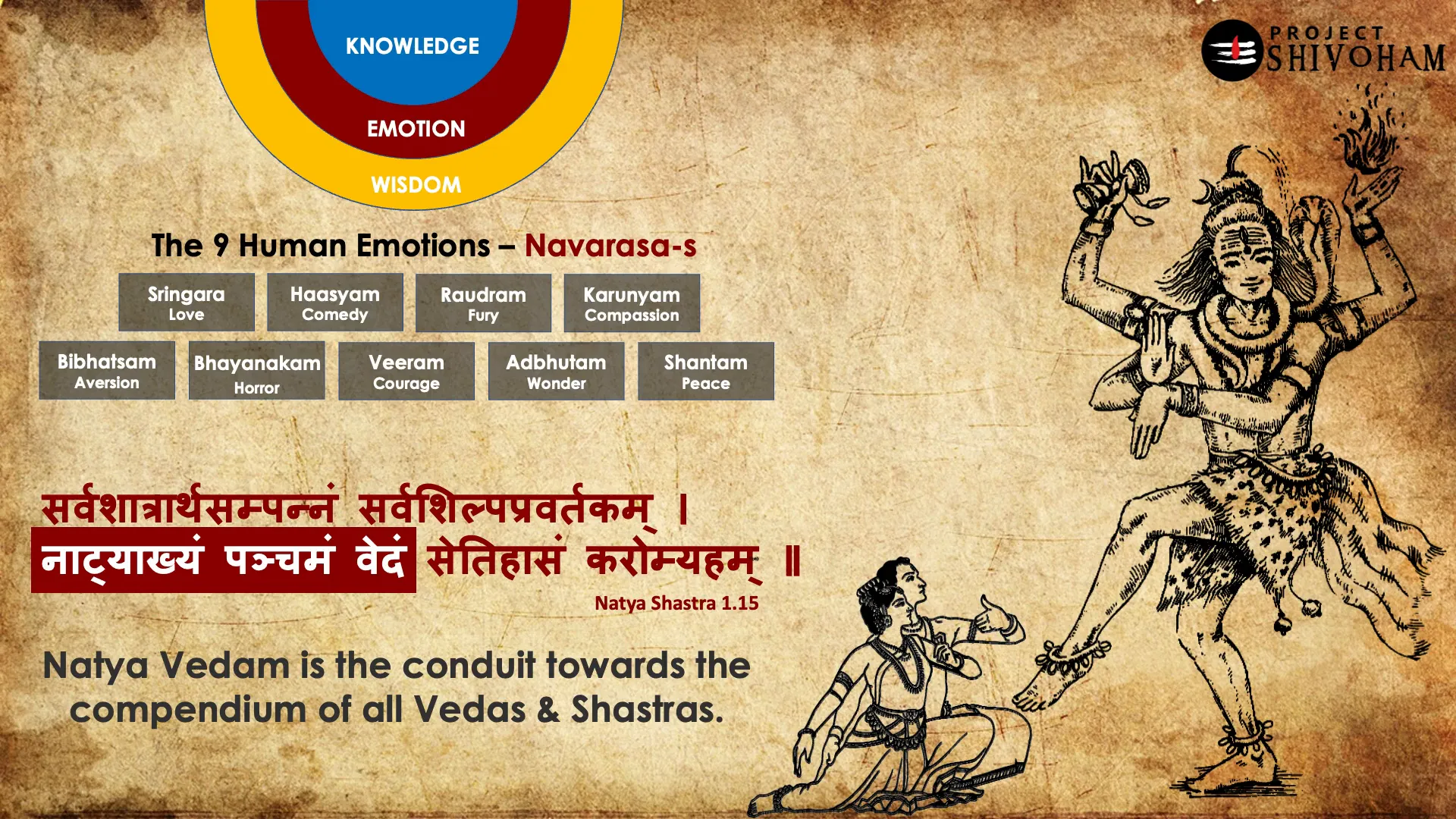Bharata Natyam is not just a dance form; it is a profound medium to evoke emotions and propagate knowledge through art. This blog explores the intricate layers of Bharata Natyam, tracing its origins, significance, and the various styles that have evolved across India.
Table of Contents
- Introduction to Bharata Natyam
- Key Components of Natyashastram
- The Significance of Jewelry and Costumes
- The Building Blocks of Shiv Tandav
- The Elements of Angahara and Rechaka
- The Role of Lasya in Bharata Natyam
- Musical Foundations of Bharata Natyam
- Bharata Natyam as a Medium of Knowledge
Introduction to Bharata Natyam
Bharata Natyam is one of India’s oldest classical dance forms, characterized by its grace, intricate footwork, and expressive gestures. Originating in Tamil Nadu, this dance embodies a rich cultural heritage that connects the performer with the audience through storytelling. The dance form is not merely a performance; it is a spiritual experience that conveys deep emotions and narratives through a combination of music, expression, and rhythm.
Recap of Part One
In the first part of our exploration, we delved into the significance of Natyam and its essential role in the cultural fabric of India. We discussed how Natyam serves as a conduit for expressing human emotions and knowledge, emphasizing that understanding this dance form requires familiarity with its historical and cultural context. We learned that Bharata Natyam is not just a dance but a profound representation of art, culture, and spirituality.
The Core Essence of Bharata Natyam
The essence of Bharata Natyam lies in its ability to convey emotions and stories through a systematic blend of movements and expressions. Each performance is a dialogue between the dancer and the audience, where emotions are expressed through facial expressions (Abhinaya), hand gestures (Mudras), and footwork (Nritta). The dancer becomes a storyteller, transporting the audience into the narrative being portrayed.
Historical Origins: Natyavedam and Natyashastram
The roots of Bharata Natyam can be traced back to ancient scriptures known as the Natyavedam, said to have been composed by Brahmadeva. This scripture, which is believed to contain over thirty-six thousand slokas, is unfortunately lost to time. However, the foundational principles of Bharata Natyam were preserved in the Natyashastram, authored by Bharata Muni. This text serves as a guide to the techniques and philosophies underpinning the dance form, articulating the relationship between music, dance, and drama.
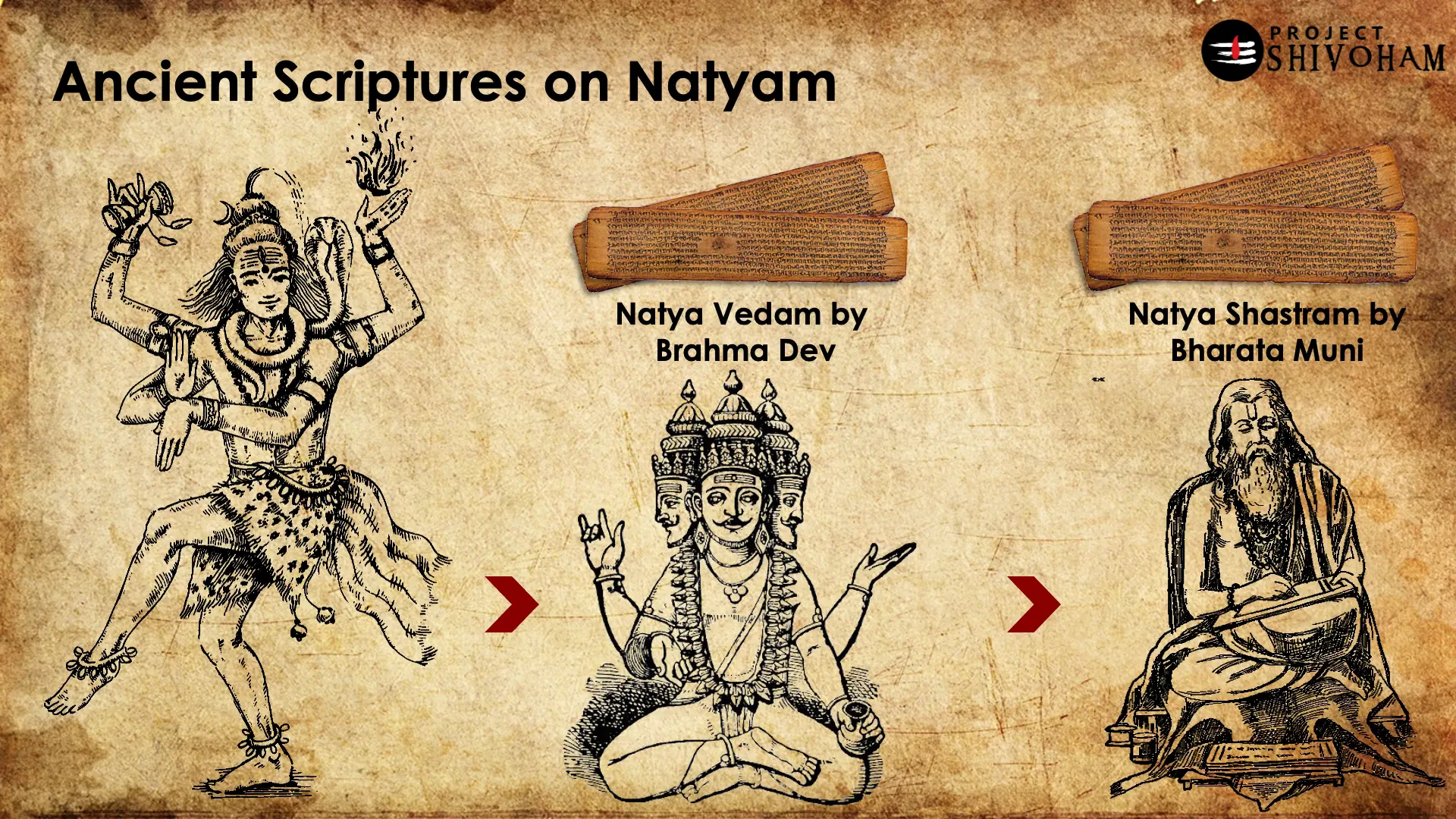
Understanding Natyashastram
Natyashastram is essentially a comprehensive treatise that covers various aspects of performing arts, including dance, music, and drama. It articulates the technicalities of performance, offering guidelines on posture, movement, and expression. Bharata Muni’s work emphasizes that Natyashastram is not merely a manual for artists but a philosophical framework that encapsulates the spiritual essence of dance.
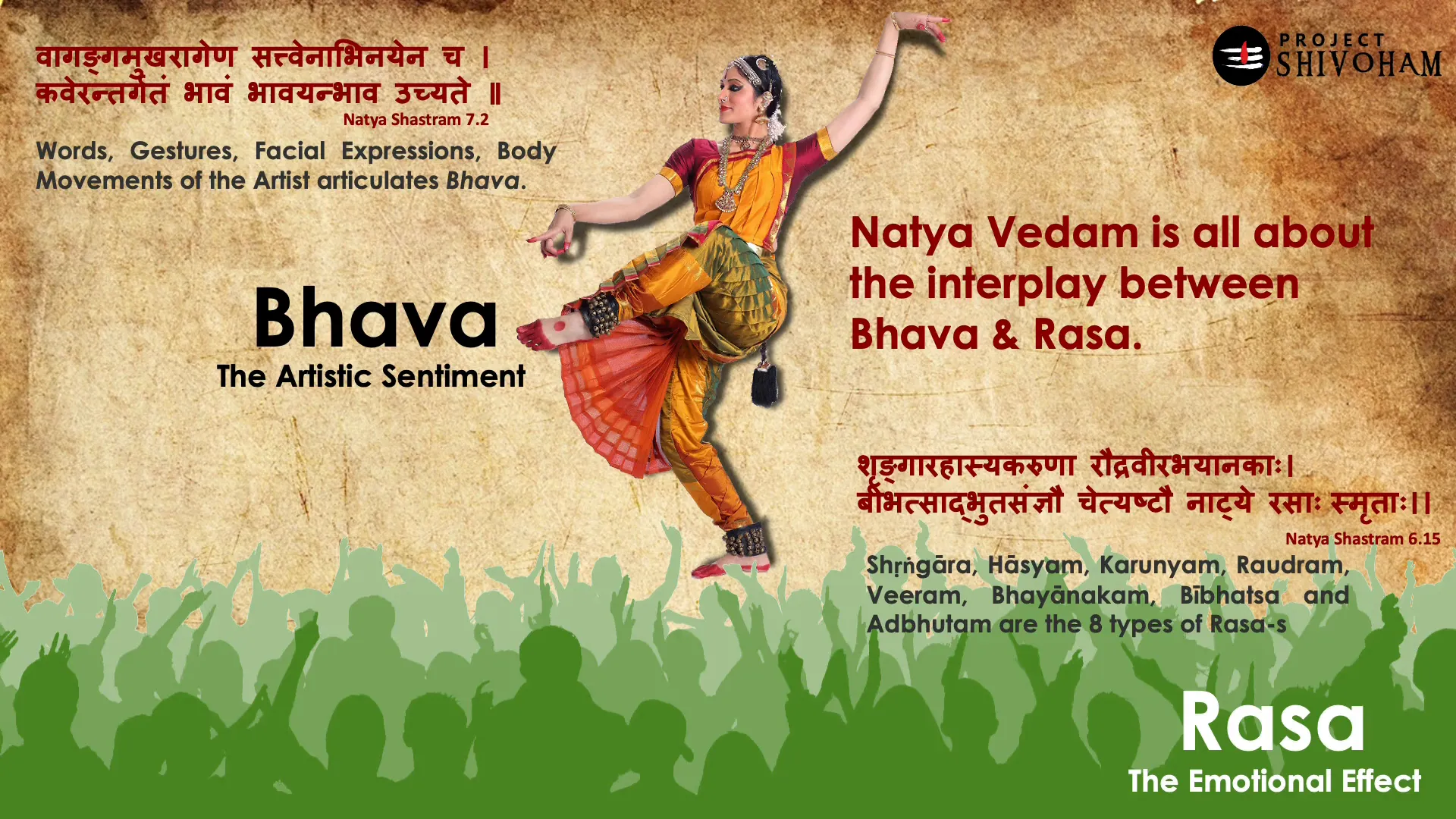
The Concept of Bhava and Rasa
Central to Bharata Natyam are the concepts of Bhava (emotion) and Rasa (aesthetic experience). Bhava refers to the emotional states portrayed by the dancer, while Rasa is the resultant feeling experienced by the audience. There are nine primary Rasas in Bharata Natyam, each representing different emotions such as love, anger, and joy. The interplay between Bhava and Rasa is what transforms a performance into a deeply moving experience, allowing the audience to connect with the narrative on an emotional level.
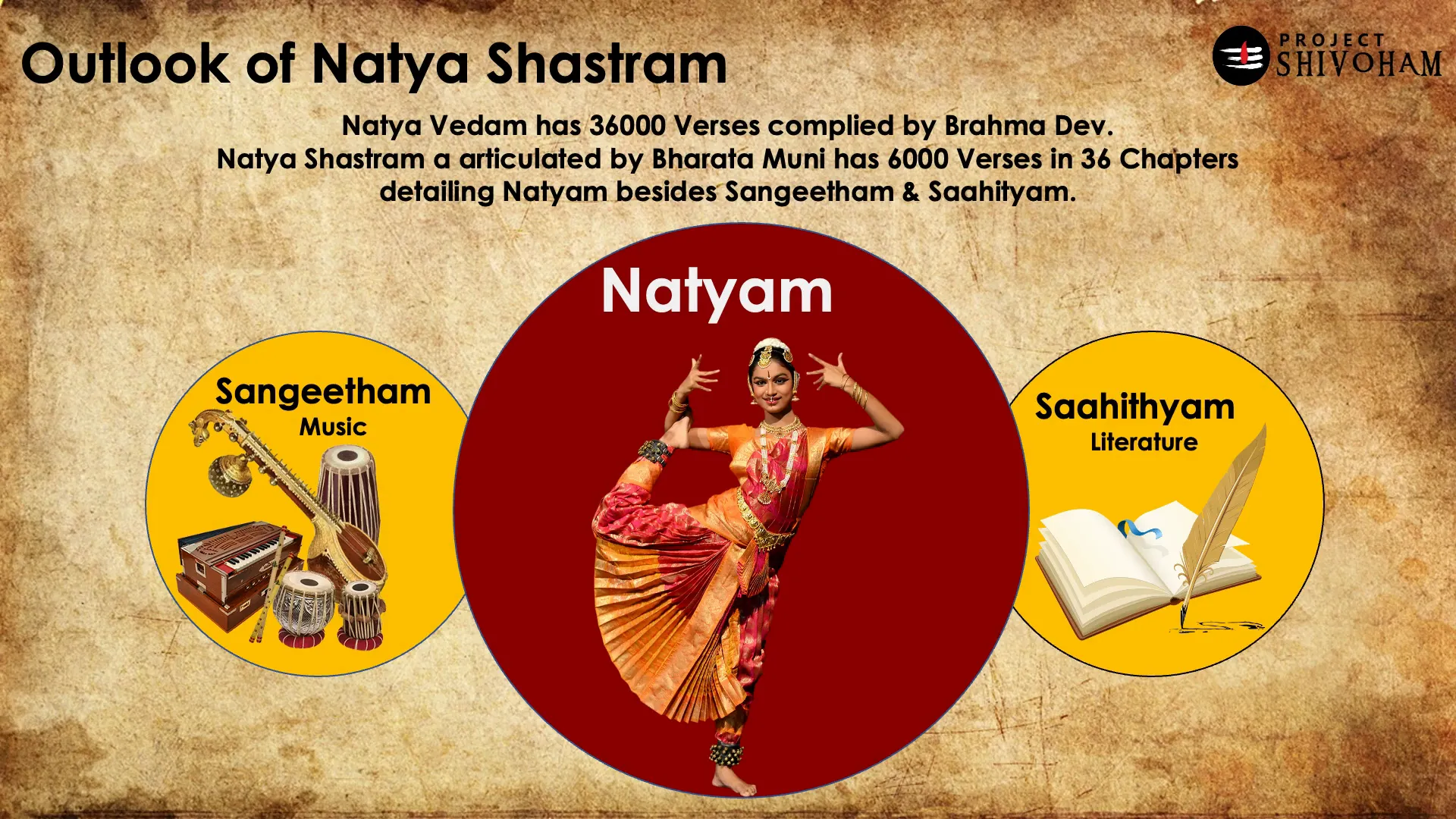
Key Components of Natyashastram
The Natyashastram is a foundational text that serves as the backbone of Bharata Natyam. It encompasses a multitude of elements essential for the performance and understanding of this classical dance form. Here are the key components outlined in the Natyashastram:
- Expressions (Abhinaya): The ability to convey emotions through facial expressions and body language.
- Dance Movements (Nritta): Detailed guidelines on physical movements and postures that dancers must master.
- Hand Gestures (Mudras): A variety of hand gestures that articulate different emotions and narratives.
- Group Synchronization: Techniques for orchestrating group performances to achieve harmony.
- Chandas Shastra: The rules for lyrical composition and rhythm that accompany the dance.
- Jewelry and Costumes: Specifications on attire and adornments that enhance the visual appeal of the performance.
- Music (Sangitam): The integral role of music in enhancing the emotional impact of the dance.
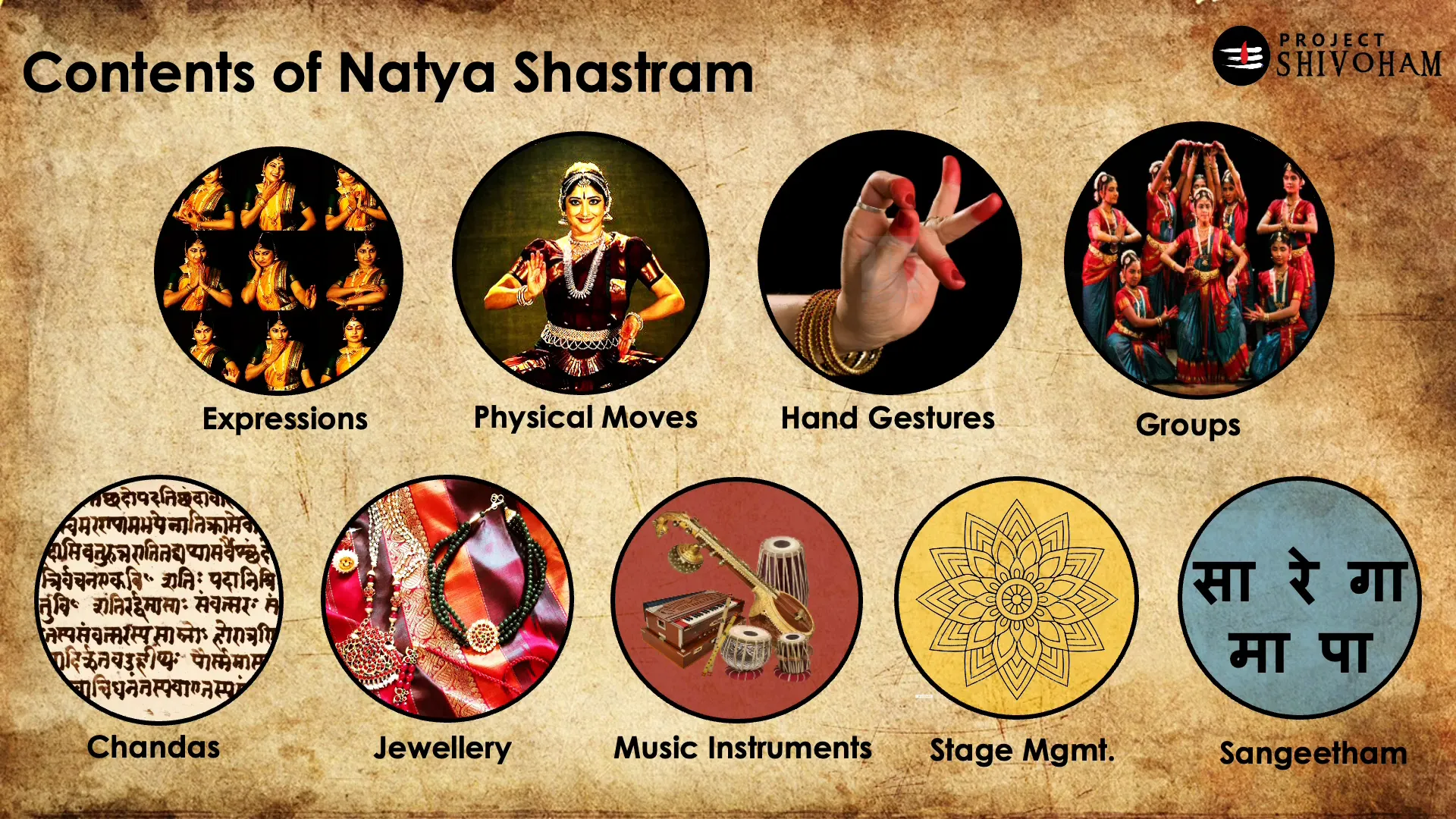
The Significance of Jewelry and Costumes
Jewelry and costumes play a pivotal role in Bharata Natyam, acting as more than mere adornments. They embody cultural identity, convey character, and enhance the storytelling aspect of the performance. The Natyashastram provides intricate details regarding:
- Types of Jewelry: Specific designs for different body parts, including headpieces, necklaces, and anklets, which are tailored to suit various skin tones and cultural backgrounds.
- Cosmetics: Guidelines for makeup that accentuates the dancer’s features while remaining true to traditional aesthetics.
- Costume Colors and Fabrics: Recommendations on the choice of colors and materials that reflect the theme of the performance and the character being portrayed.
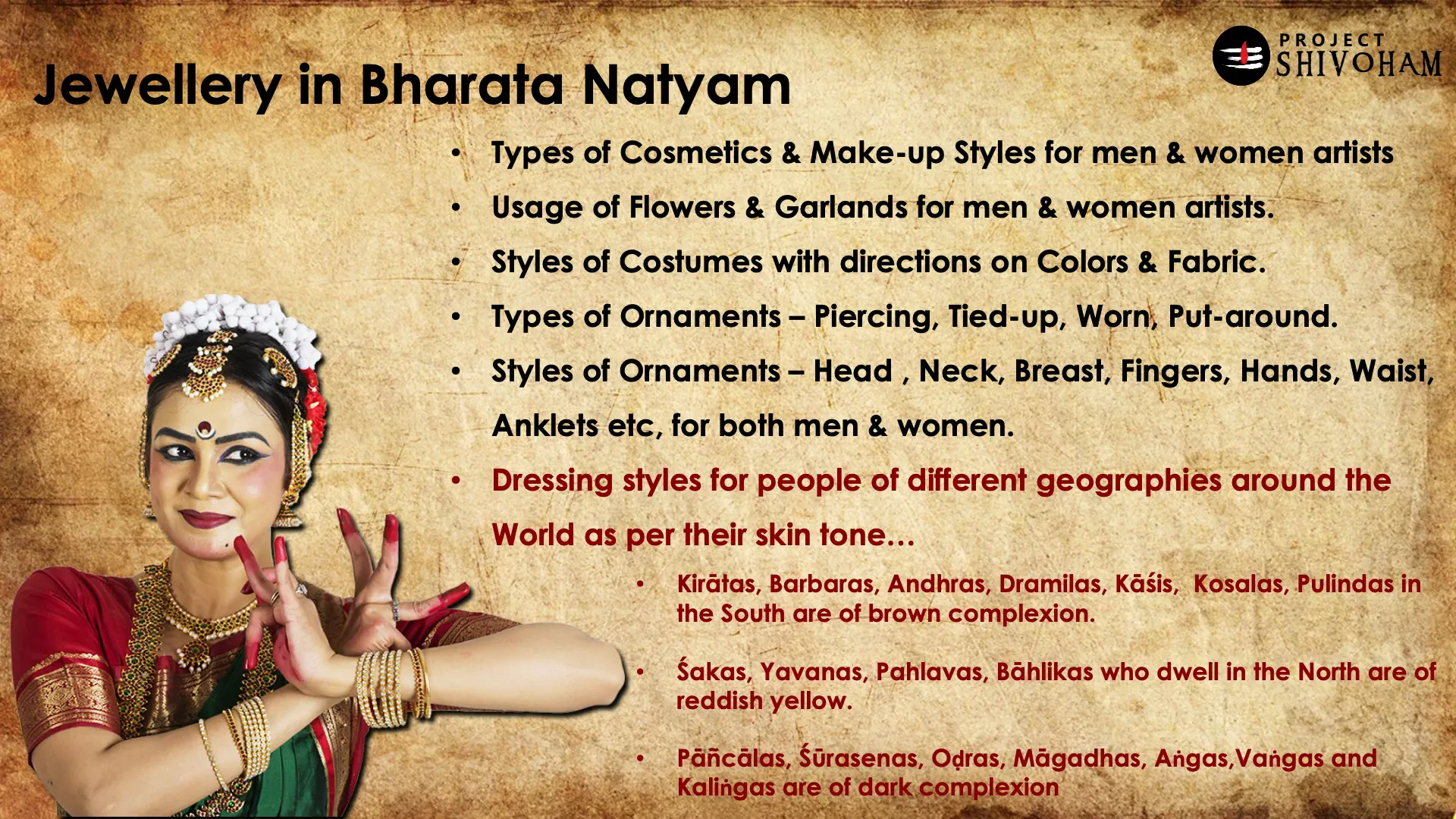
The Building Blocks of Shiv Tandav
The Shiv Tandav is essential for understanding the dynamic aspects of Bharata Natyam. It consists of several foundational elements, including:
- Karana: Static poses that serve as the basic building blocks of the dance.
- Angahara: A combination of multiple Karanas performed in sequence to create fluid movement.
- Rechaka: The transitions between Karanas that ensure a smooth flow within a performance.
- Pindibandha: Guidelines that ensure synchronization and harmony among group performers.
These elements collectively facilitate the expression of complex emotions and narratives through dance.
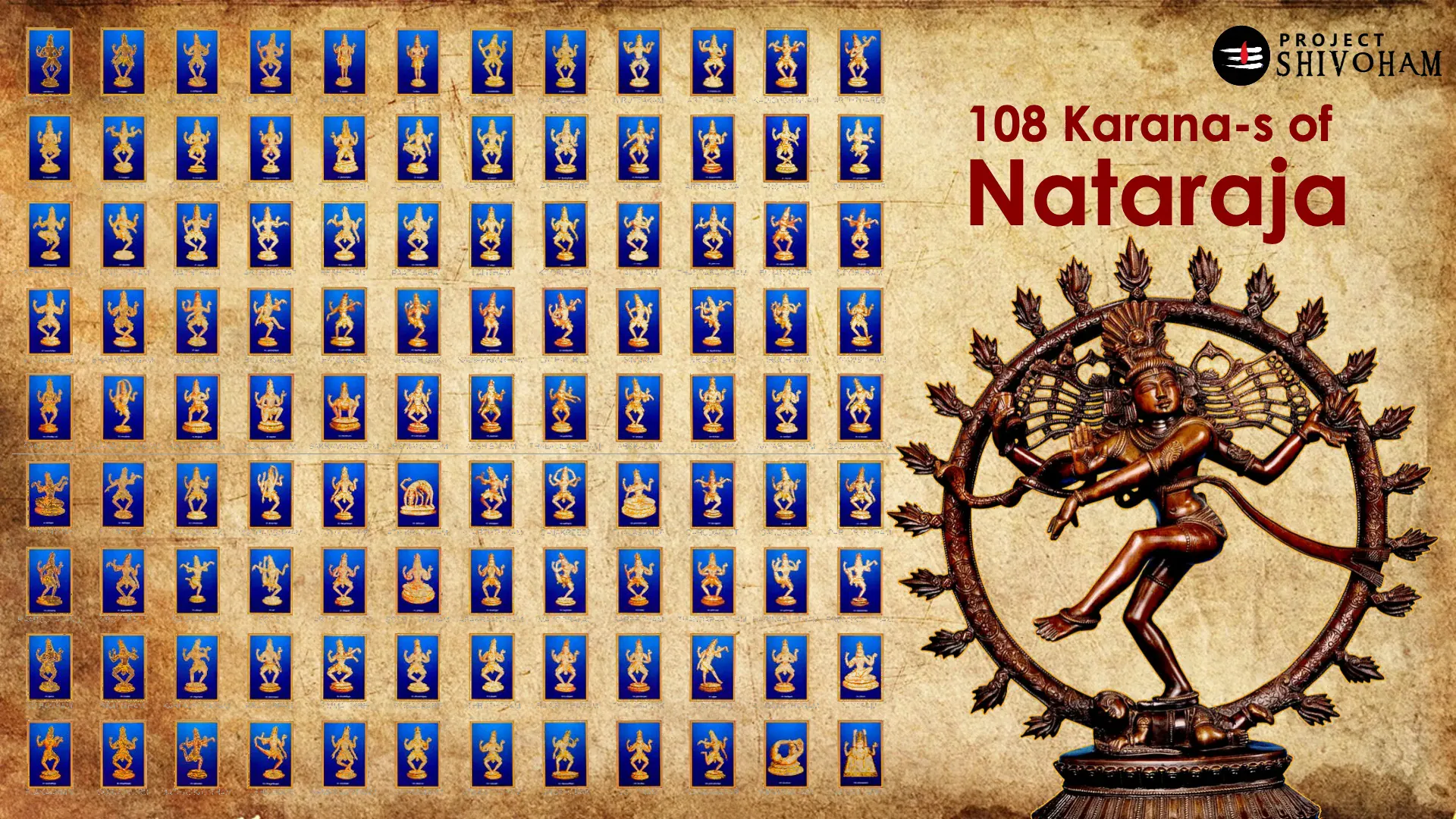
The Elements of Angahara and Rechaka
Angahara and Rechaka are crucial for achieving fluidity and grace in Bharata Natyam. Each element contributes to the overall aesthetic of the performance:
- Angahara: This refers to the seamless integration of multiple Karanas, which creates a wave-like movement in dance. It enhances the visual appeal and emotional depth of the performance.
- Rechaka: These are the transitional movements that link different Karanas. They ensure that the dancer glides smoothly from one pose to another, maintaining the audience’s engagement.
By mastering these elements, dancers can elevate their performances to a higher artistic level.
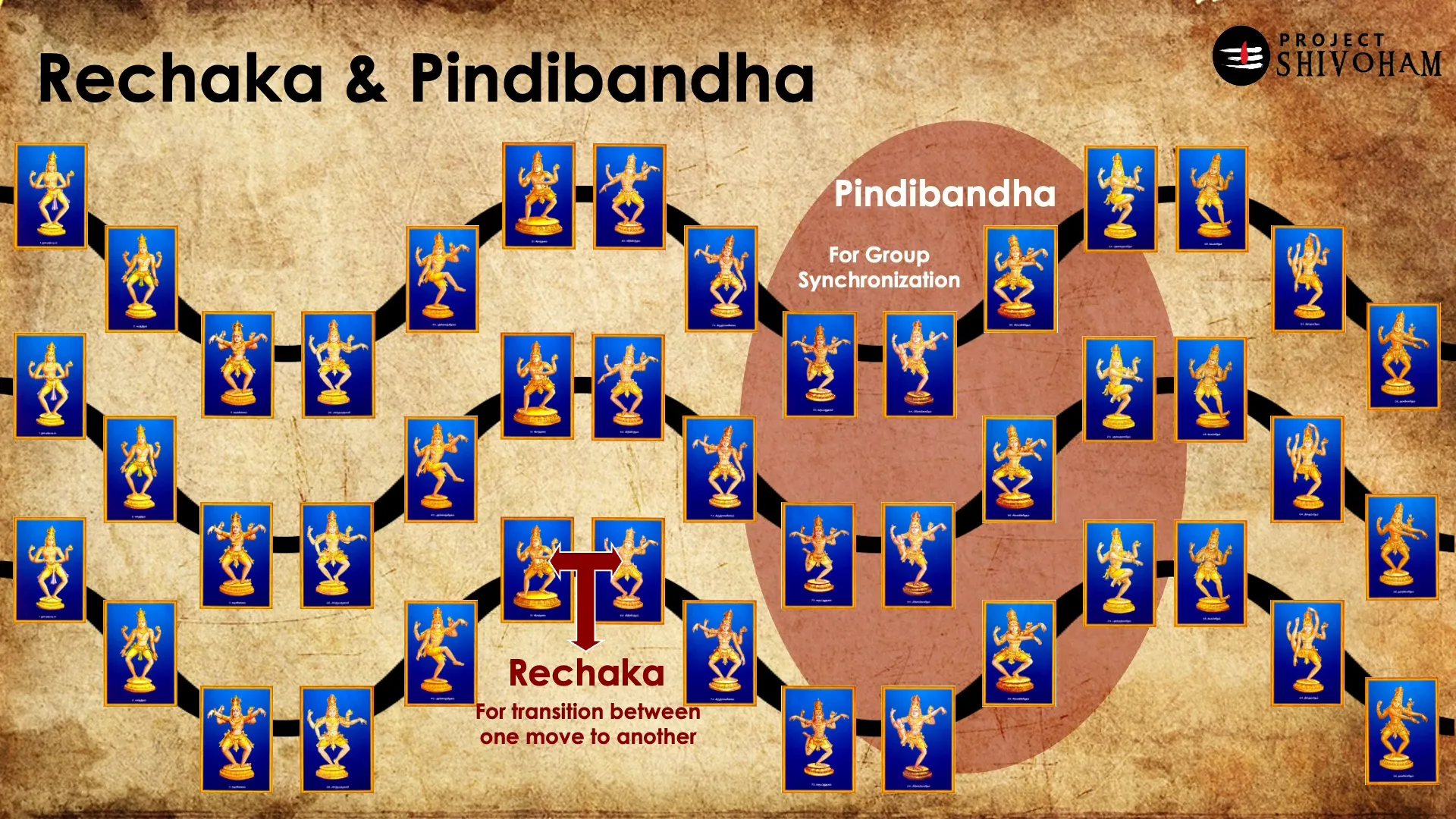
The Role of Lasya in Bharata Natyam
Lasya represents the feminine aspect of dance, embodying grace, beauty, and emotional depth. It is often contrasted with the vigorous and powerful movements of Tandav. In Bharata Natyam, Lasya is crucial for:
- Expressing Emotion: Lasya allows dancers to convey subtler emotions and narratives, adding depth to the performance.
- Enhancing Aesthetic Appeal: The circular movements and flowing gestures characteristic of Lasya complement the more angular forms of Tandav.
- Balancing Energy: The integration of Lasya provides a balance to the vigorous expressions of Tandav, creating a harmonious performance.
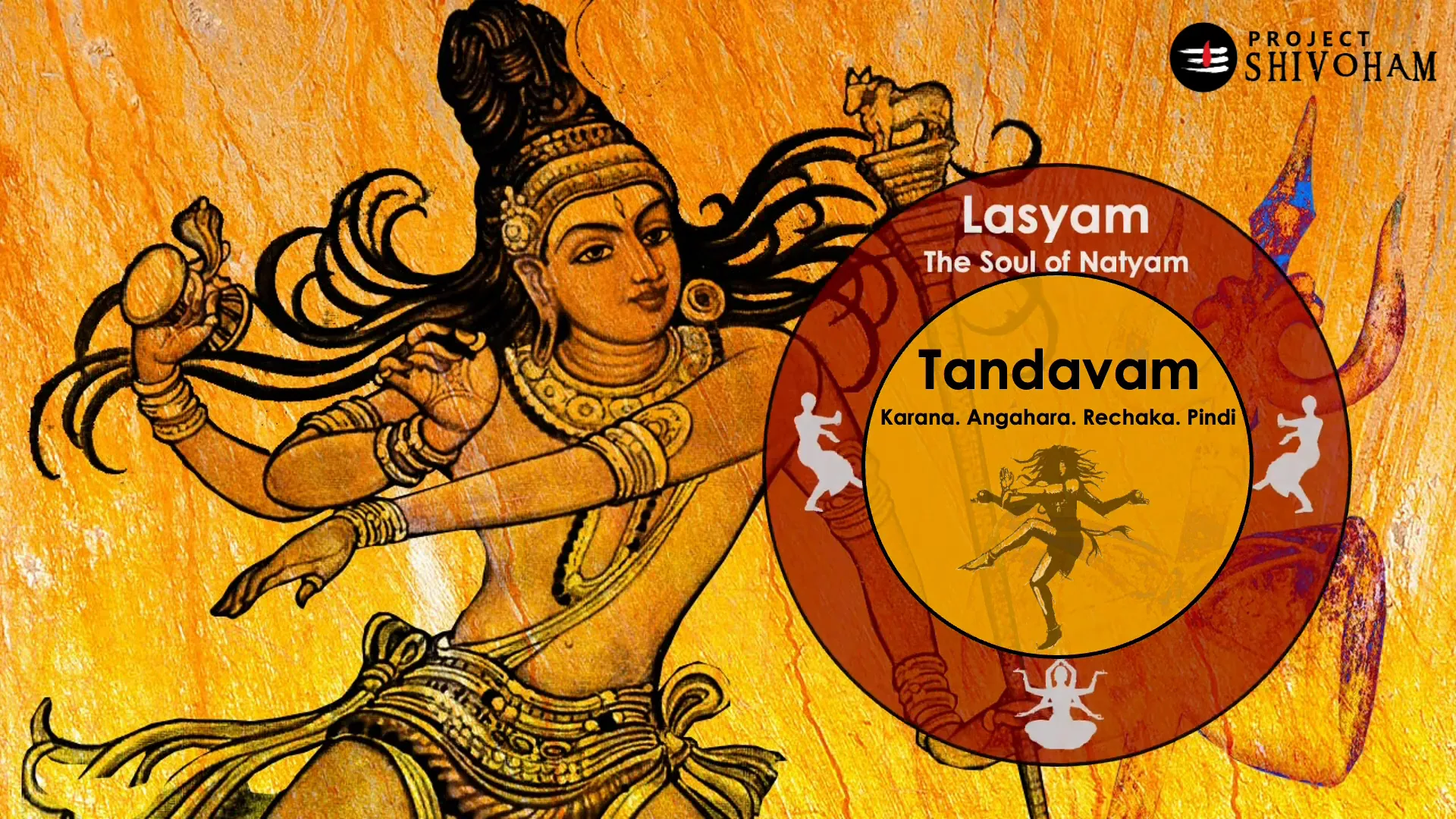
Musical Foundations of Bharata Natyam
Music is a vital component of Bharata Natyam, enriching the emotional landscape of the dance. The Natyashastram outlines several key aspects of music:
- Seven Musical Notes: The foundational notes of Indian classical music, which form the basis for musical compositions in Bharata Natyam.
- Rhythm and Beats: The importance of rhythm in coordinating dance movements and enhancing the overall performance.
- Integration with Dance: The seamless interplay between music and dance that creates a cohesive artistic experience.
Understanding these musical foundations allows dancers to connect more deeply with their performances, enhancing both their technical skill and emotional expression.
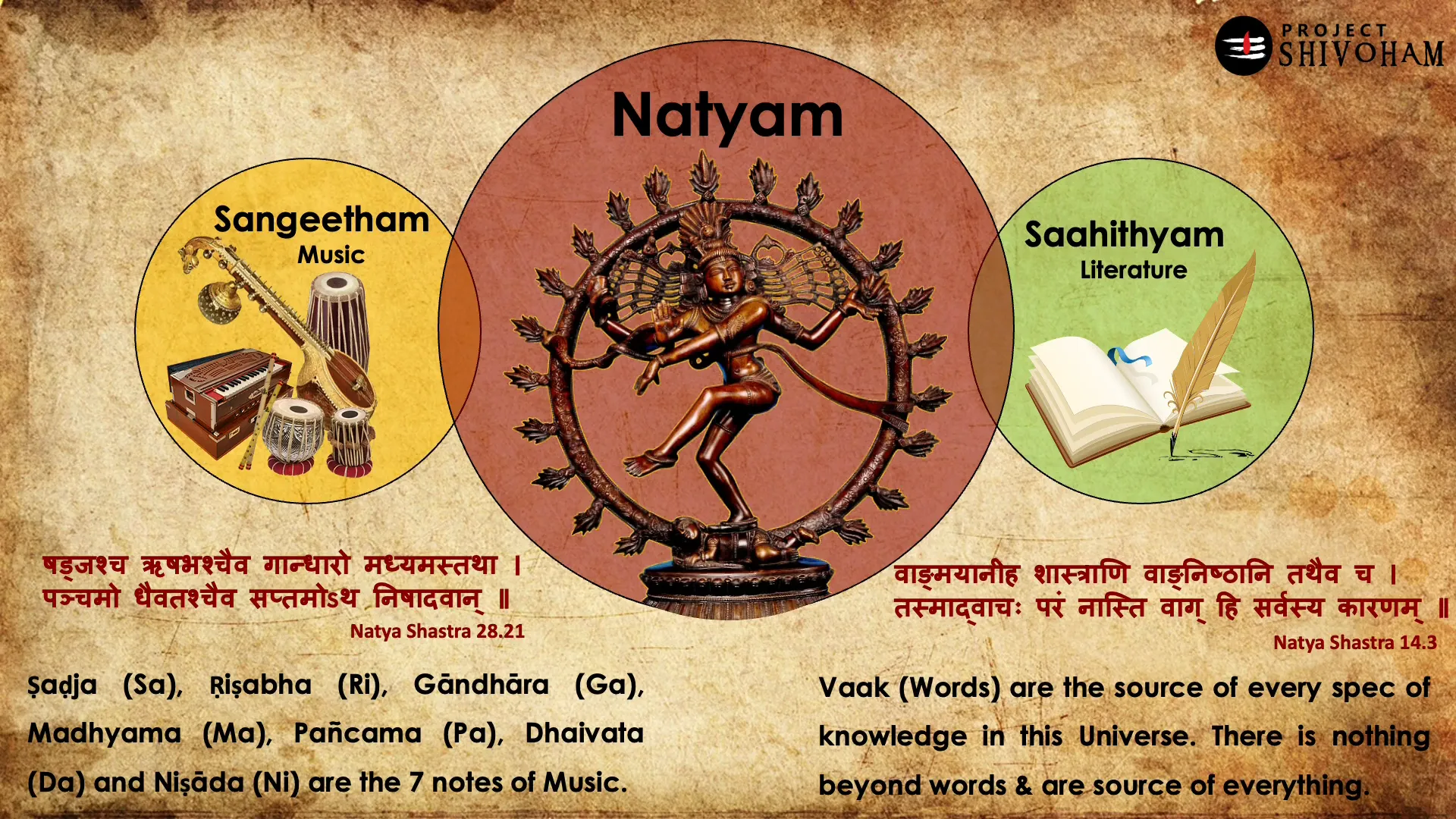
Bharata Natyam as a Medium of Knowledge
Bharata Natyam transcends the realm of dance; it serves as a powerful medium for disseminating knowledge and fostering emotional connections. Through its intricate movements and expressions, this classical dance form provides a unique lens through which cultural narratives and moral teachings are conveyed. The dance embodies a rich tapestry of stories, each movement meticulously crafted to communicate specific themes and lessons.
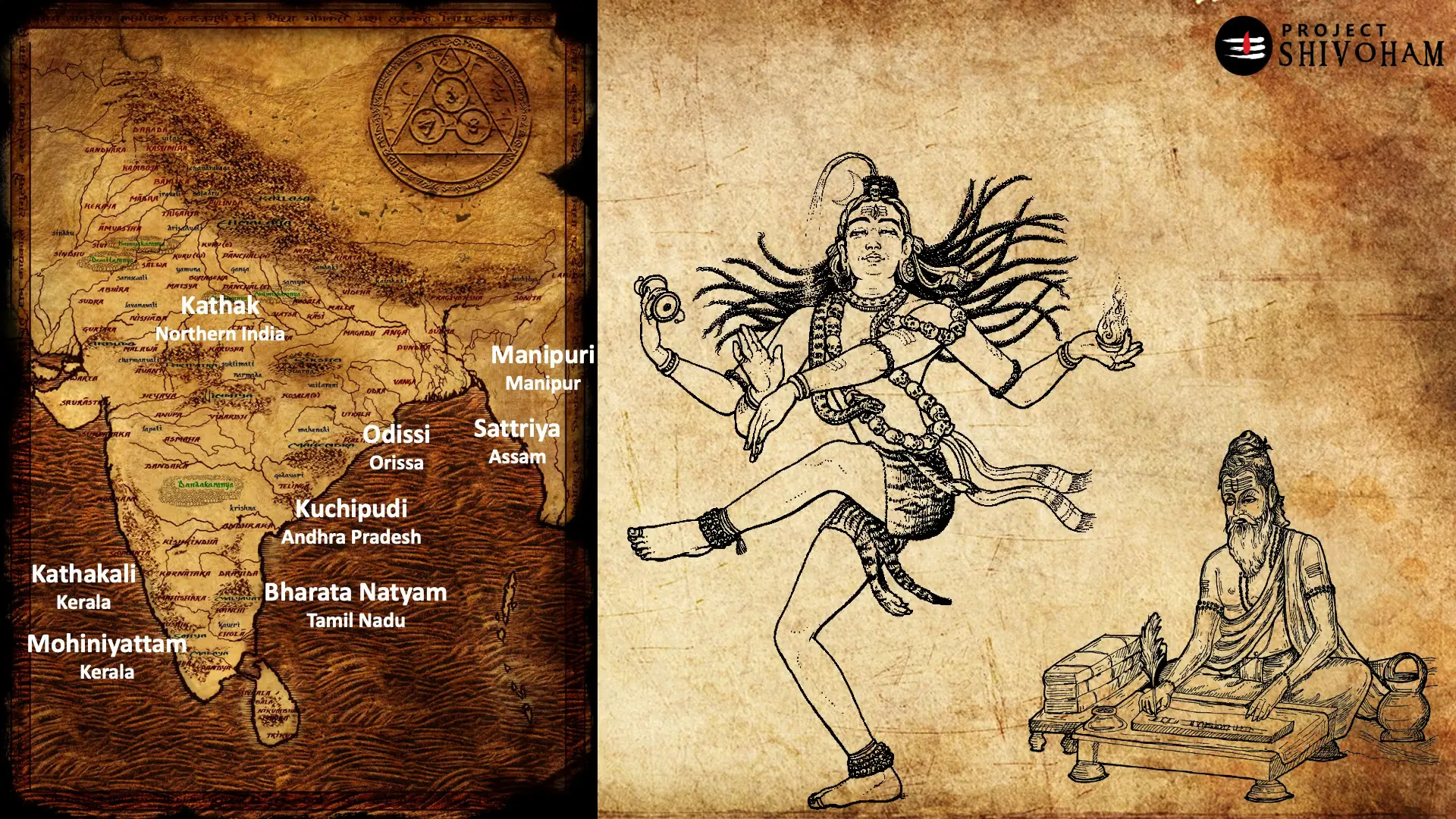
The concept of Bhava (emotion) and Rasa (aesthetic experience) is central to understanding how Bharata Natyam functions as a medium of knowledge. The dancer, as a storyteller, engages the audience by invoking emotions that resonate with their own experiences. This emotional engagement is not merely for entertainment; it serves a didactic purpose, helping viewers to reflect on their lives and the world around them.
Each performance is a dialogue, a shared experience between the performer and the audience, where knowledge is not just imparted but felt. The dancer’s ability to express complex emotions through Abhinaya (expressive gestures) and Nritta (pure dance) allows for a multifaceted exploration of themes such as love, devotion, and social justice. This interplay fosters a deeper understanding of cultural values and ethical dilemmas, making Bharata Natyam a potent vehicle for knowledge transmission.
Exploring Variants of Natyam Across India
While Bharata Natyam stands as a cornerstone of Indian classical dance, it is essential to acknowledge the diverse variants of Natyam that have emerged across the country. Each regional style reflects the unique cultural heritage and artistic expressions of its people, contributing to the rich tapestry of Indian dance.
Sattriya
Originating from Assam, Sattriya is a classical dance form that intertwines spirituality with storytelling. It is primarily associated with the Vaishnavite monasteries and is performed by male and female dancers. Sattriya emphasizes the devotion to Lord Krishna through its intricate footwork and expressive hand gestures.
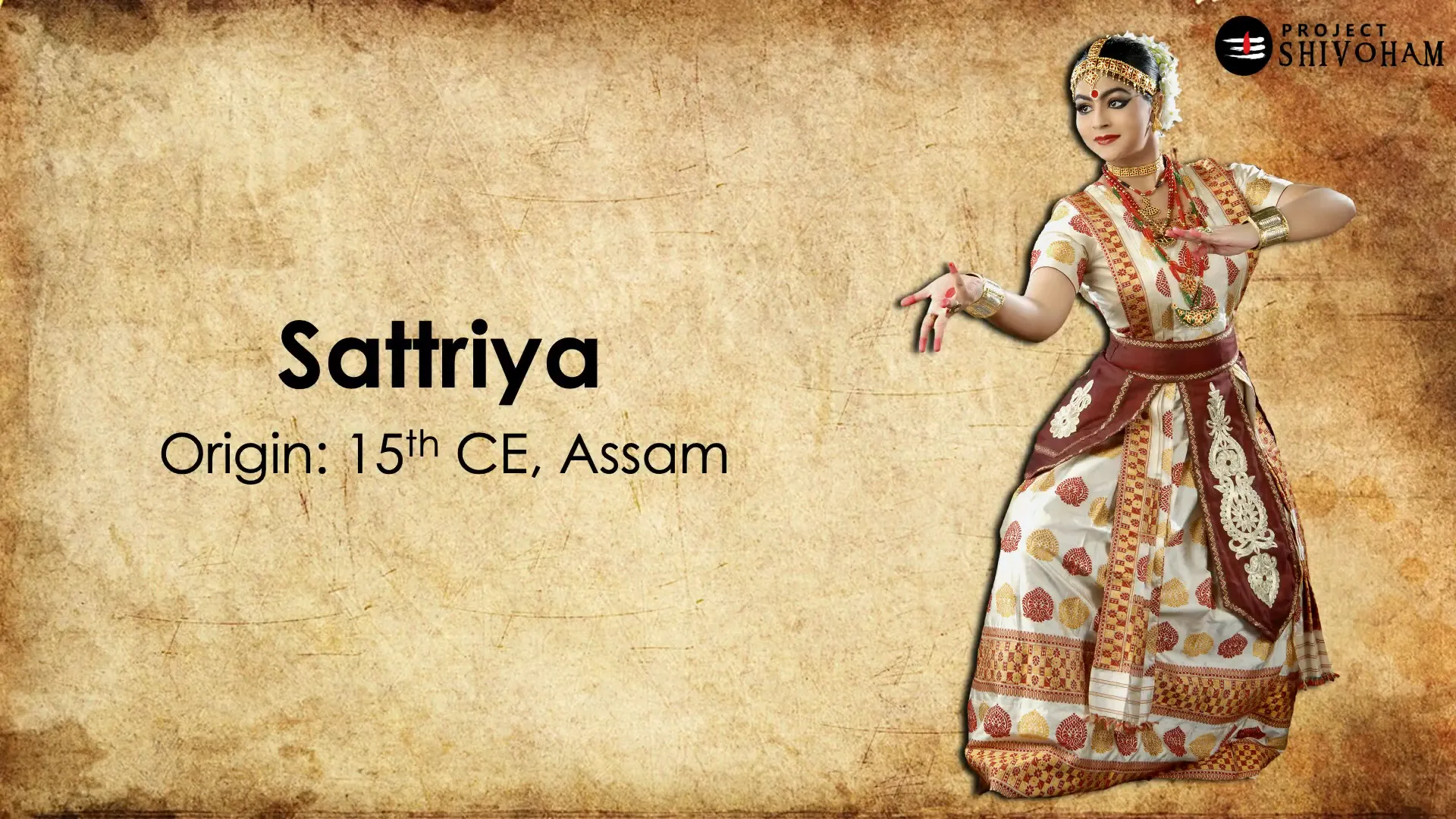
Manipuri
Emerging from Manipur, this dance form is known for its graceful and fluid movements, often depicting the Raas Leela, a dance drama that narrates the life of Lord Krishna. The use of soft, flowing costumes enhances the ethereal quality of Manipuri, making it a unique variant of Natyam.
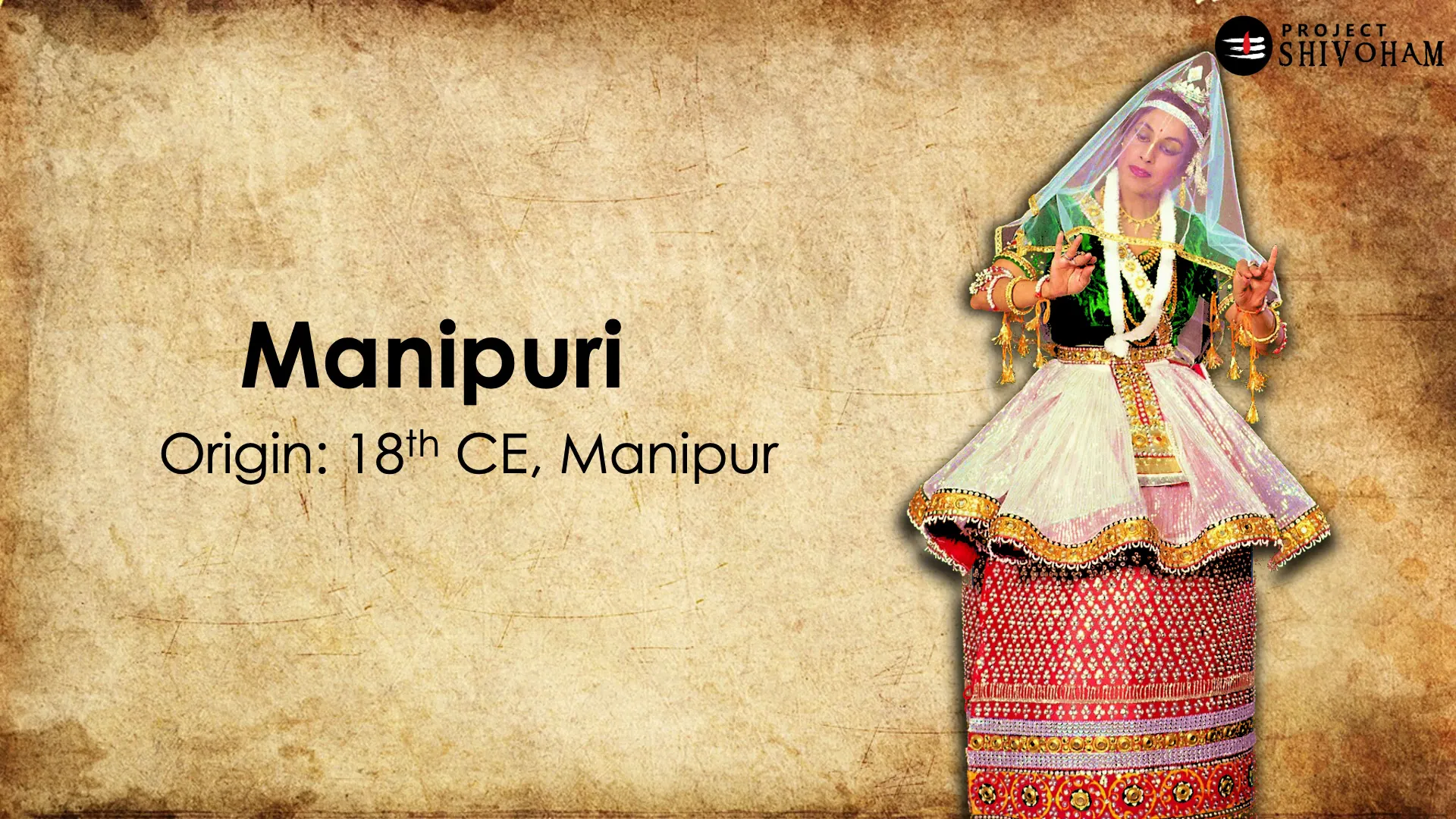
Kathak
Kathak, with its roots in Northern India, combines storytelling with intricate footwork and spins. This dance form has evolved significantly over the centuries, incorporating elements from both classical music and popular culture. Kathak is known for its expressive facial gestures that convey deep emotions, making it a captivating experience for the audience.
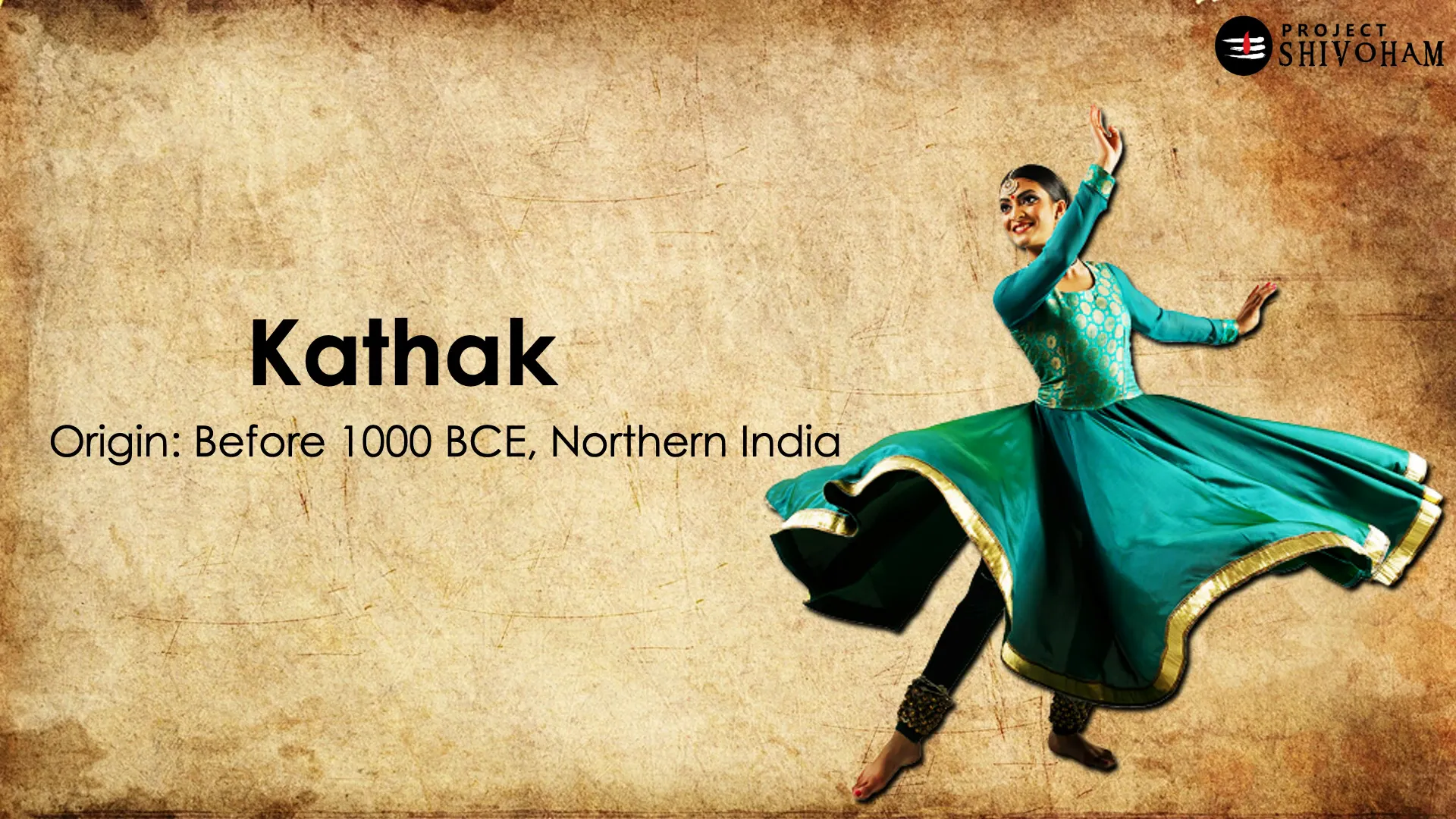
Kuchipudi
Hailing from Andhra Pradesh, Kuchipudi is characterized by its dramatic storytelling and vibrant expressions. It often involves dialogues and is performed in a group setting, showcasing the communal aspect of dance. The use of traditional costumes and live music enhances the overall impact of Kuchipudi performances.
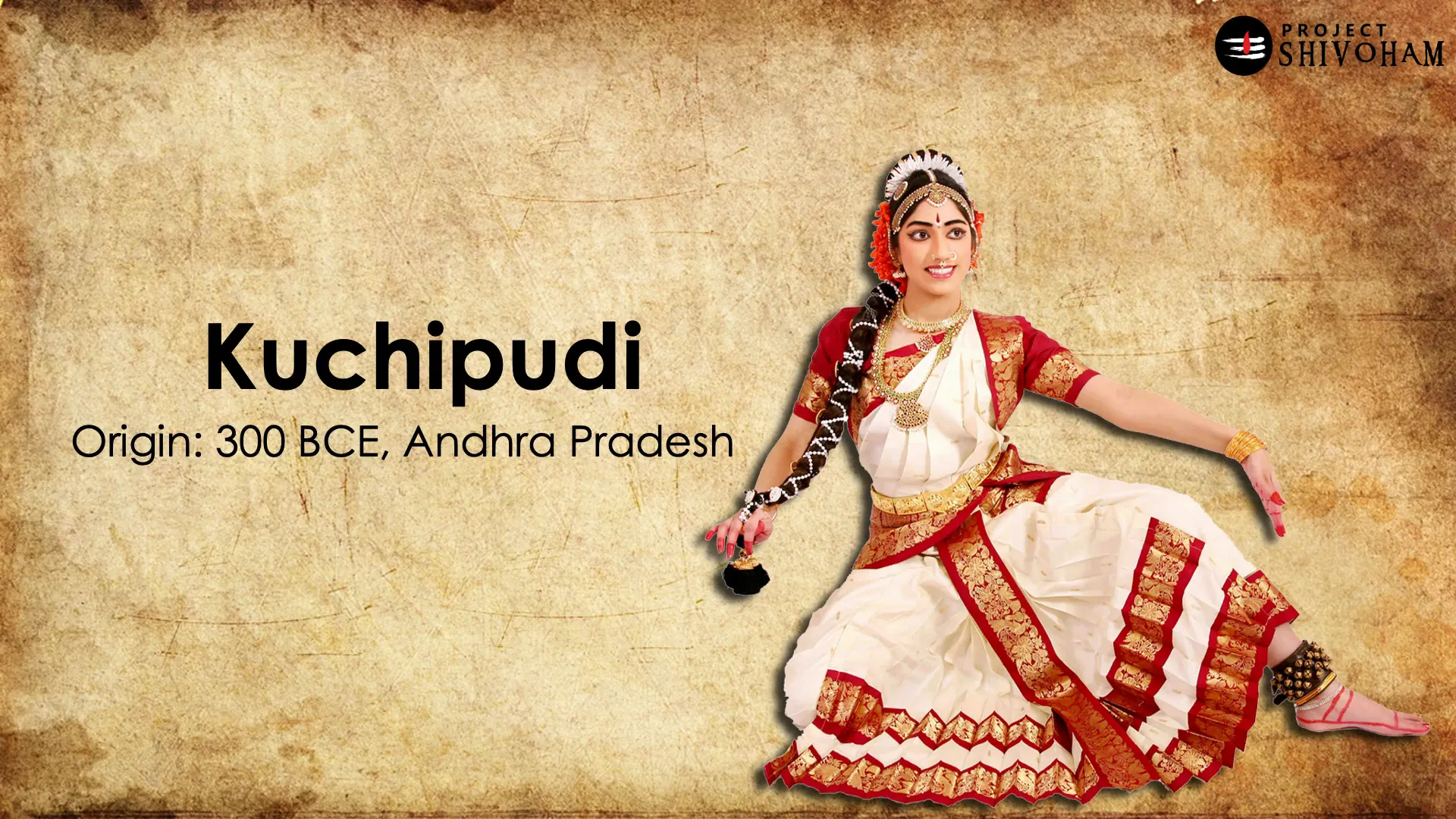
Mohiniyattam
This dance form from Kerala embodies the grace and beauty of feminine energy. Mohiniyattam is known for its gentle movements and lyrical expressions, often narrating stories of love and devotion. The emphasis on Lasya (the feminine aspect of dance) adds a unique flavor to this variant.
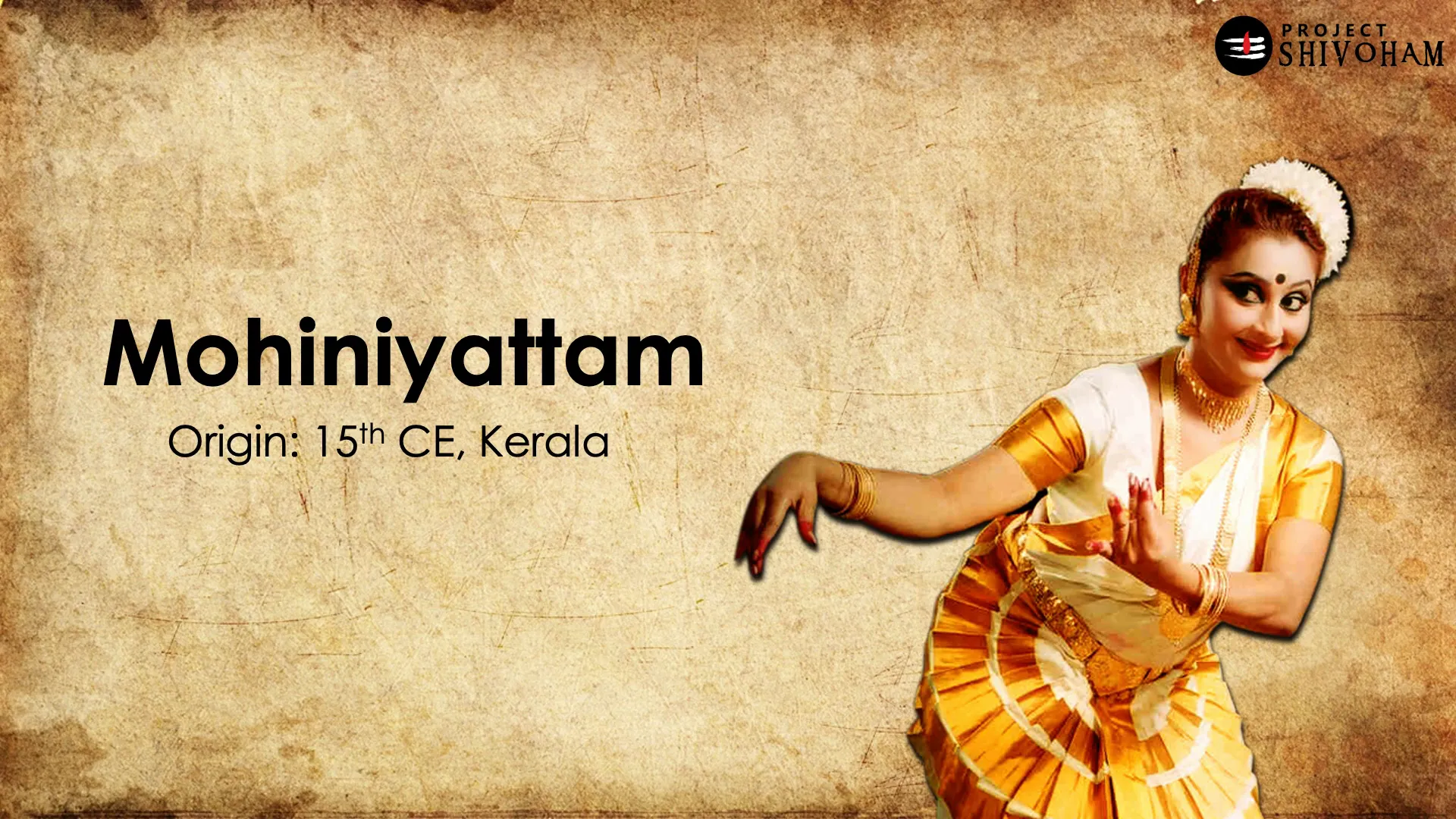
Conclusion: The Unity in Diversity of Natyam
The various forms of Natyam across India illustrate the unity in diversity that defines Indian culture. Each dance form, while unique in its expression and technique, shares the common goal of storytelling and emotional engagement. They serve not only as artistic expressions but also as vessels of cultural heritage and knowledge.
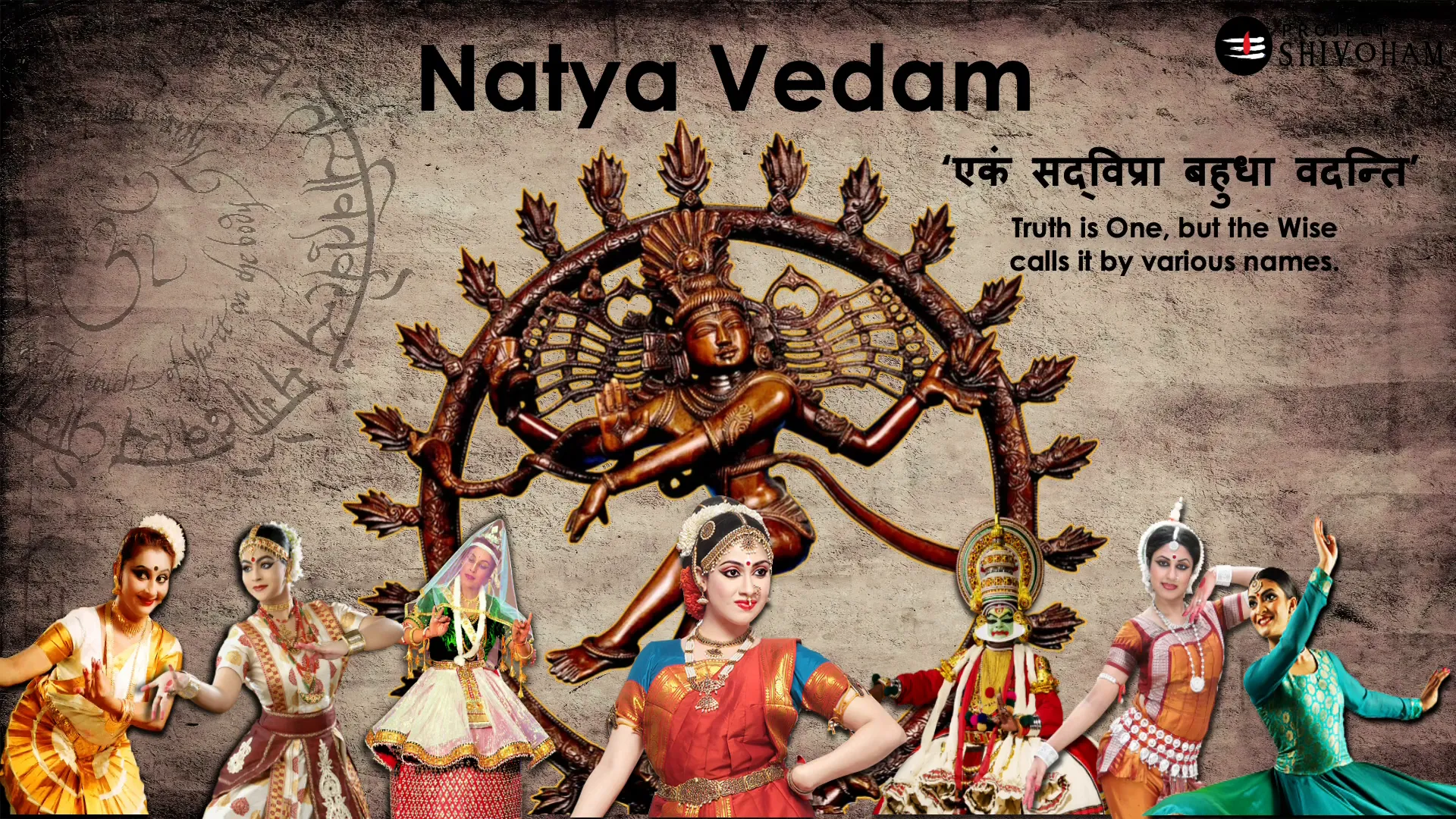
This interconnectedness highlights the importance of preserving these traditions, as they hold the key to understanding the rich historical and cultural narratives of India. As we explore these diverse dance forms, we gain insights into the values, beliefs, and artistic expressions that shape our collective identity.
FAQ: Common Questions about Bharata Natyam
What is the significance of Bharata Natyam?
Bharata Natyam is significant as it embodies the cultural heritage of India, serving as a medium to convey stories, emotions, and spiritual teachings. It combines music, dance, and drama to create a holistic artistic experience.
How does Bharata Natyam differ from other dance forms?
Bharata Natyam is characterized by its intricate footwork, expressive hand gestures, and facial expressions. Unlike other dance forms, it emphasizes storytelling through a structured format, allowing for a deep emotional connection with the audience.
Can anyone learn Bharata Natyam?
Yes, Bharata Natyam can be learned by anyone interested in exploring this classical dance form. It requires dedication, practice, and an appreciation for the art, regardless of one’s background.
What are the key components of a Bharata Natyam performance?
A Bharata Natyam performance typically includes a combination of Nritta (pure dance), Abhinaya (expression), and music. Each component plays a crucial role in conveying the narrative and emotional depth of the performance.
Is Bharata Natyam only performed in India?
While Bharata Natyam originated in India, it has gained international recognition and is performed globally. Many dance schools and cultural organizations outside India teach and promote this classical dance form.

